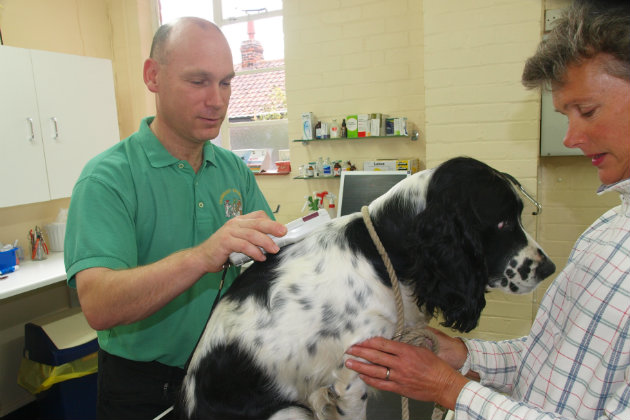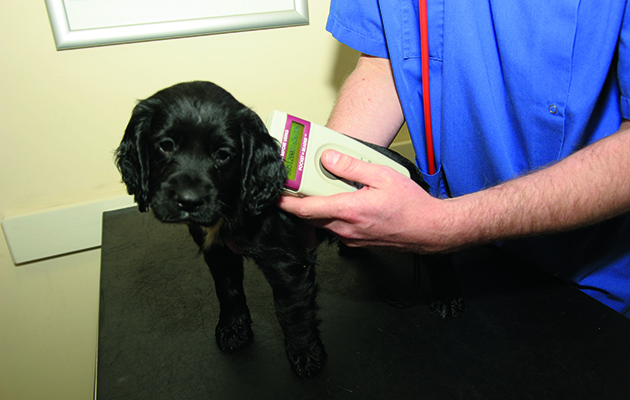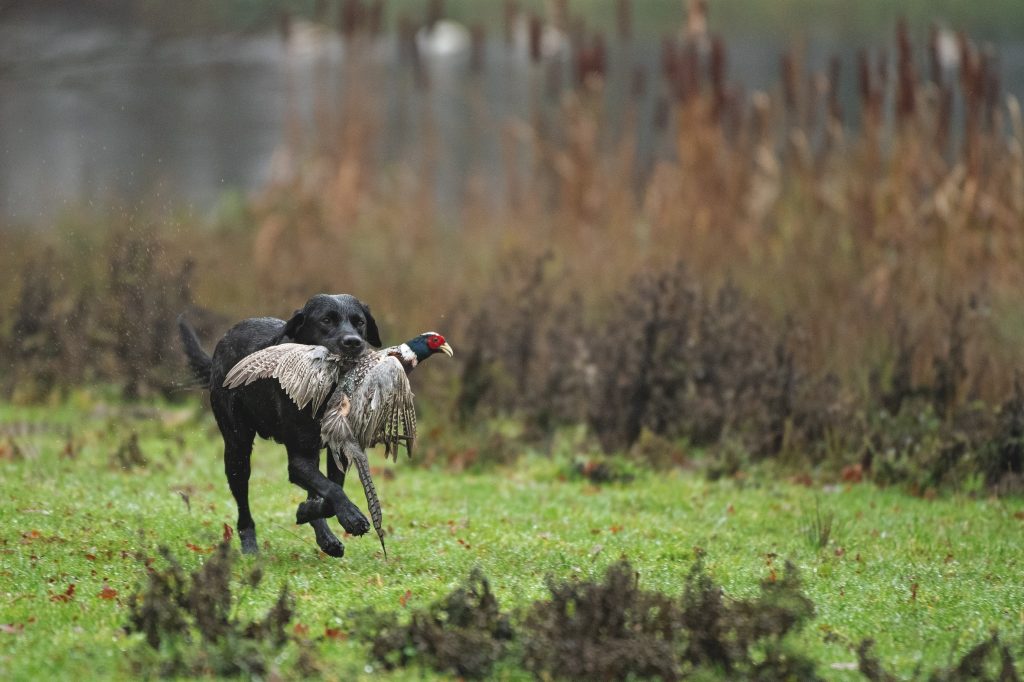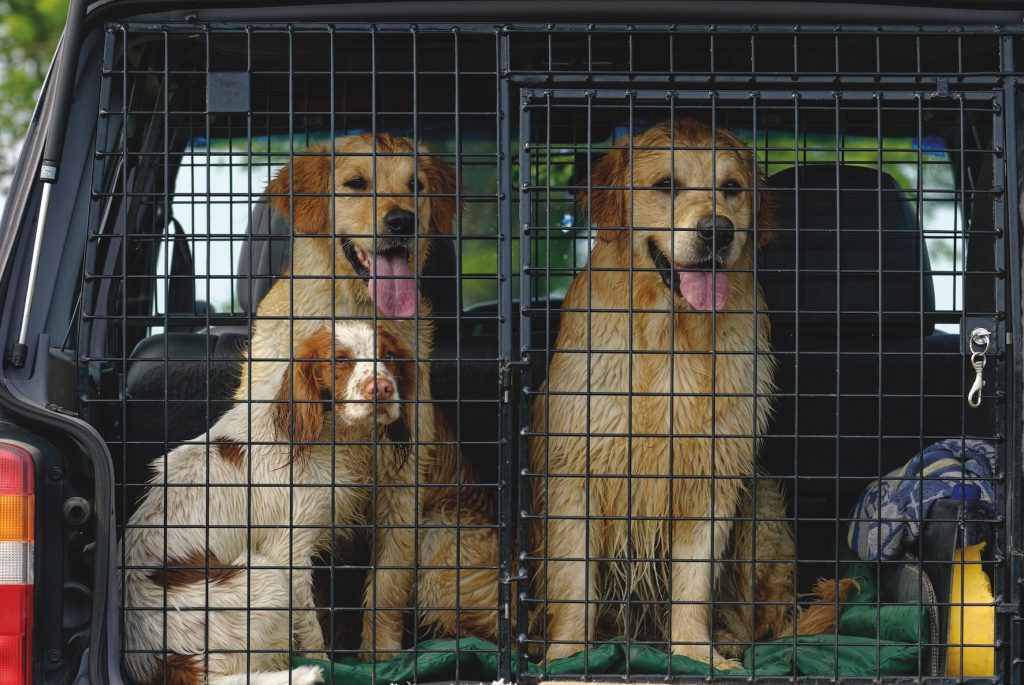It is always amusing sitting in the waiting room of a veterinary surgery and seeing the various customers come in.…
Win CENS ProFlex DX5 earplugs worth £1,149 – enter here
Ringworm in dogs – how to spot it and treat it
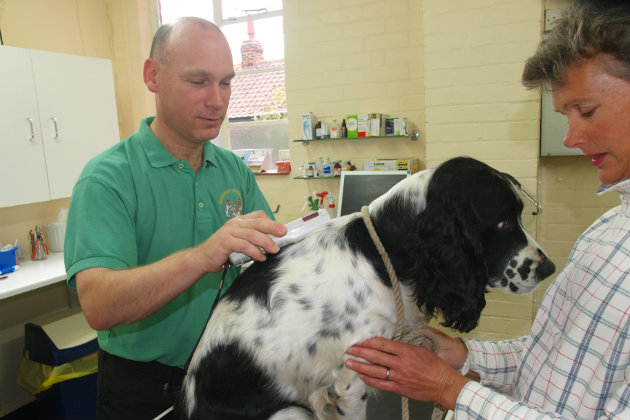
Q: My three-year-old Jack Russell may have a skin problem. He has lost hair in places on his face and ears; in patches that look rather like red-purplish bruises. He also has another patch on his chest, near his “arm pit”. What could cause this?
A: From what you describe I would suspect your dog may have contracted ringworm. Ringworm is characterised by circular areas of hair loss, with dry scaly skin in the centre and a red ring at the outer edges. The affected areas tend to increase in size gradually. In dogs, ringworm shows up most frequently on the face, ears, legs, tail and paws.
When should you call the vet?
Q: Whenever my dog is unwell I take it to the vet, but the practice is usually very busy and I…
Ringworm in dogs is a fungal infection, not a worm
The name is confusing because ringworm in dogs has nothing to do with any worm but is caused by a fungal infection. The vast majority of the cases we see in dogs are caused by three species, Microsporum canis, Microsporum gypseum or Trichophyton mentagrophytes. Ringworm can also infect any animal with an epidermal layer of skin, particularly cats, rabbits, horses and cattle, as well as humans.
The signs of ringworm can easily be confused, however, with a number of other skin disorders, including localised demodectic mange, follicular skin infections and other external parasites.
Visit the vet
You would be advised to let your vet examine the dog so that they can make a more accurate diagnosis and recommend treatment. The vet may need to take a sample of skin from around the infected area(s) and examine this for parasites and/or culture the sample to identify the cause of the infection.
If the problem should turn out to be ringworm, then unless there is some deficiency in the dog’s immune system, most cases will heal on their own within a couple of months. Your vet, however, will be able to prescribe some form of anti-fungal, antibiotic treatment that will accelerate recovery and help avoid any further spread of the infection.
Related Articles
Get the latest news delivered direct to your door
Subscribe to Shooting Times & Country
Discover the ultimate companion for field sports enthusiasts with Shooting Times & Country Magazine, the UK’s leading weekly publication that has been at the forefront of shooting culture since 1882. Subscribers gain access to expert tips, comprehensive gear reviews, seasonal advice and a vibrant community of like-minded shooters.
Save on shop price when you subscribe with weekly issues featuring in-depth articles on gundog training, exclusive member offers and access to the digital back issue library. A Shooting Times & Country subscription is more than a magazine, don’t just read about the countryside; immerse yourself in its most authoritative and engaging publication.






